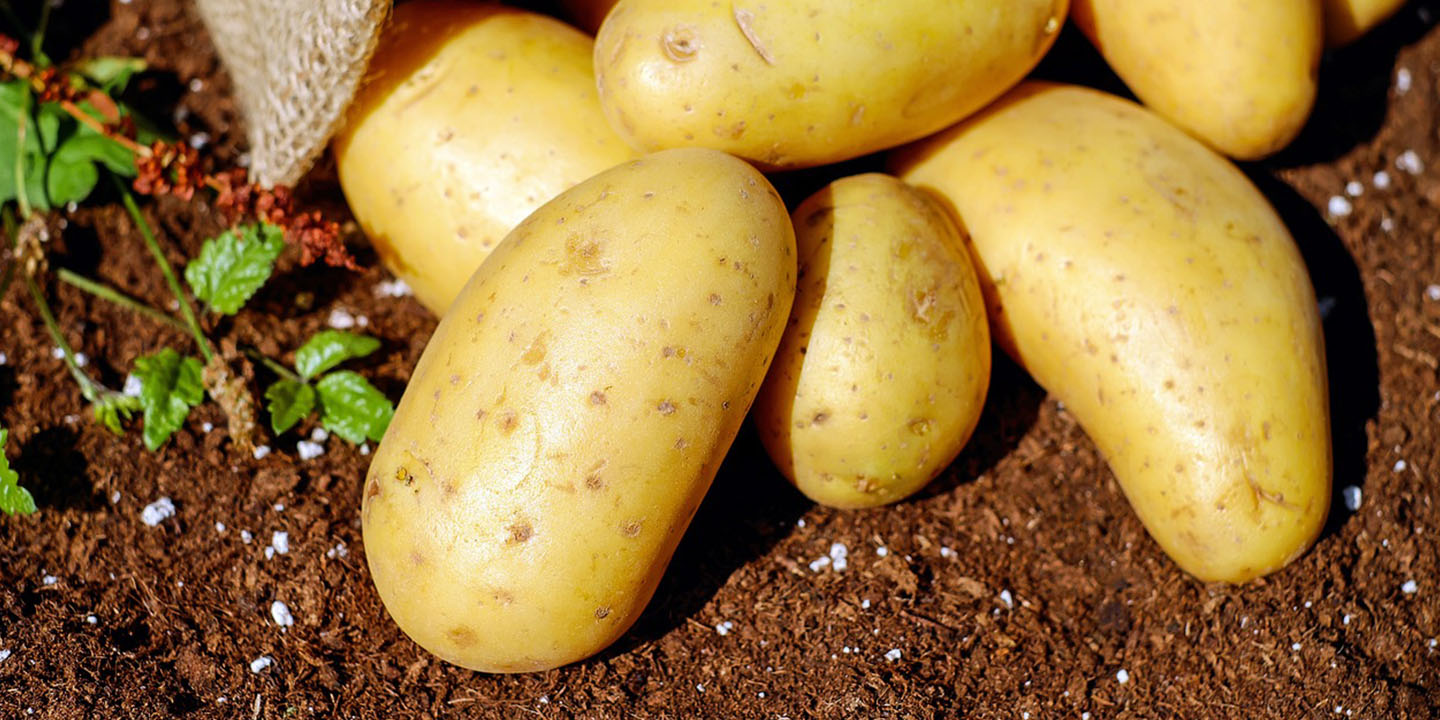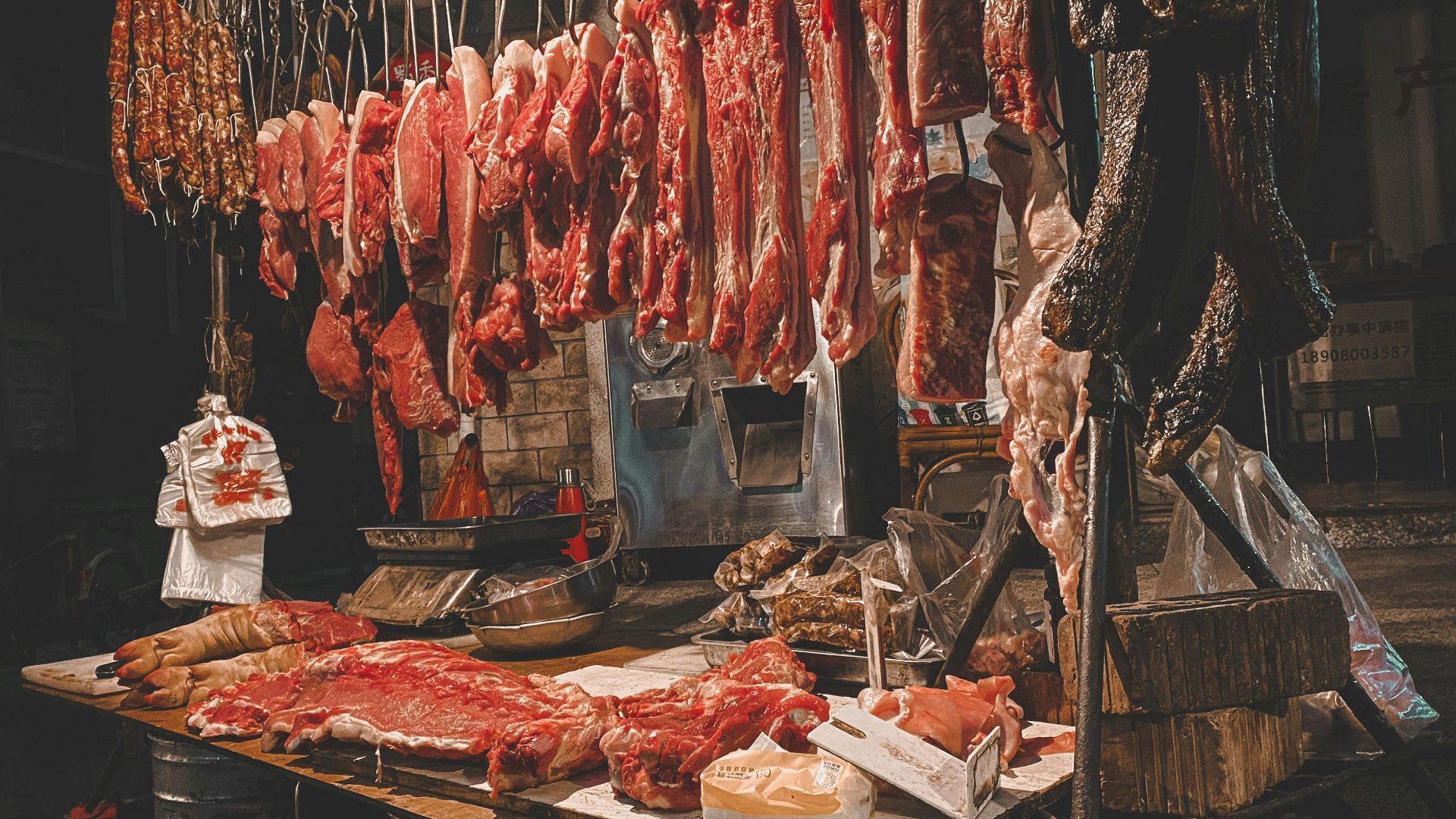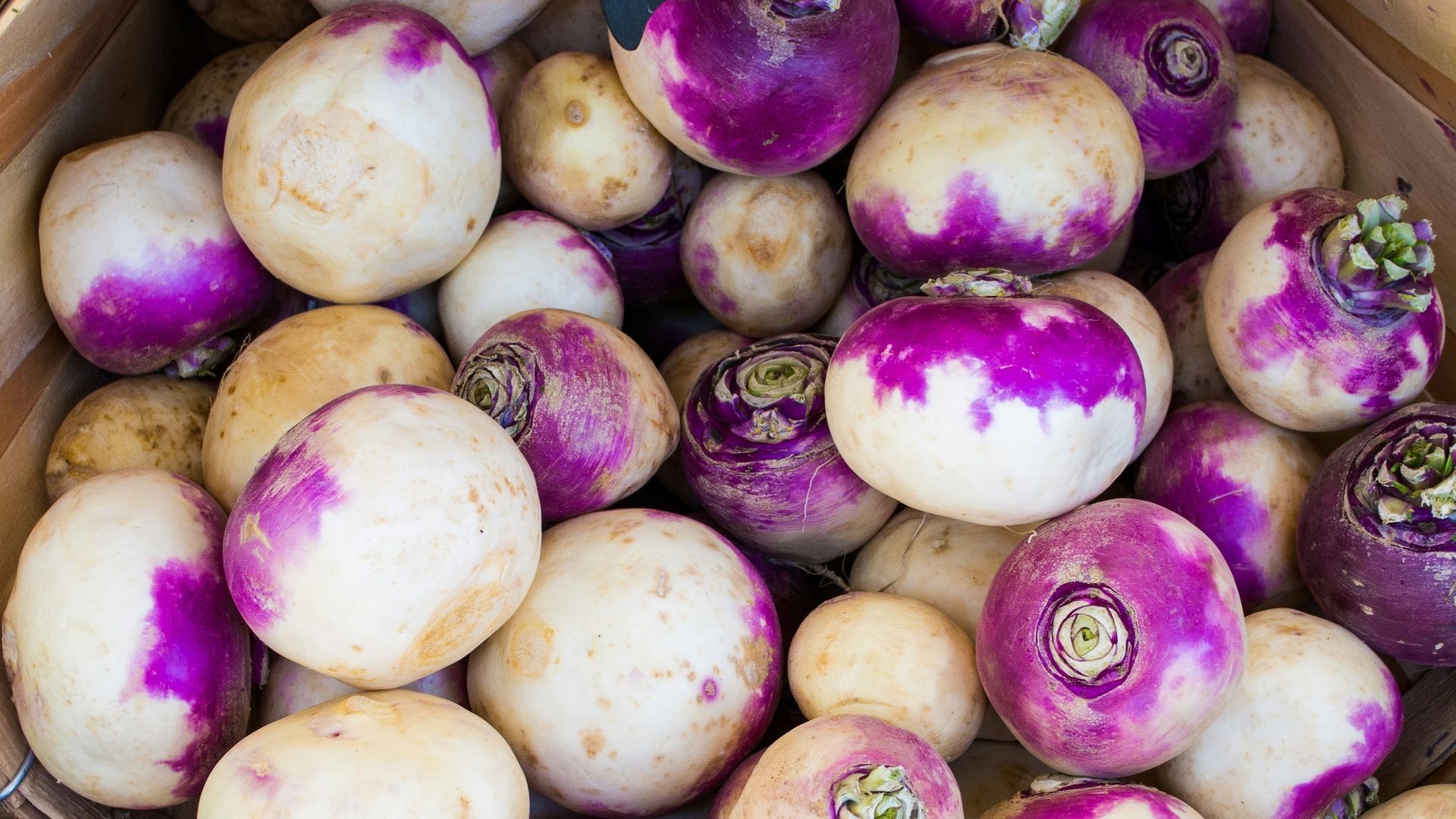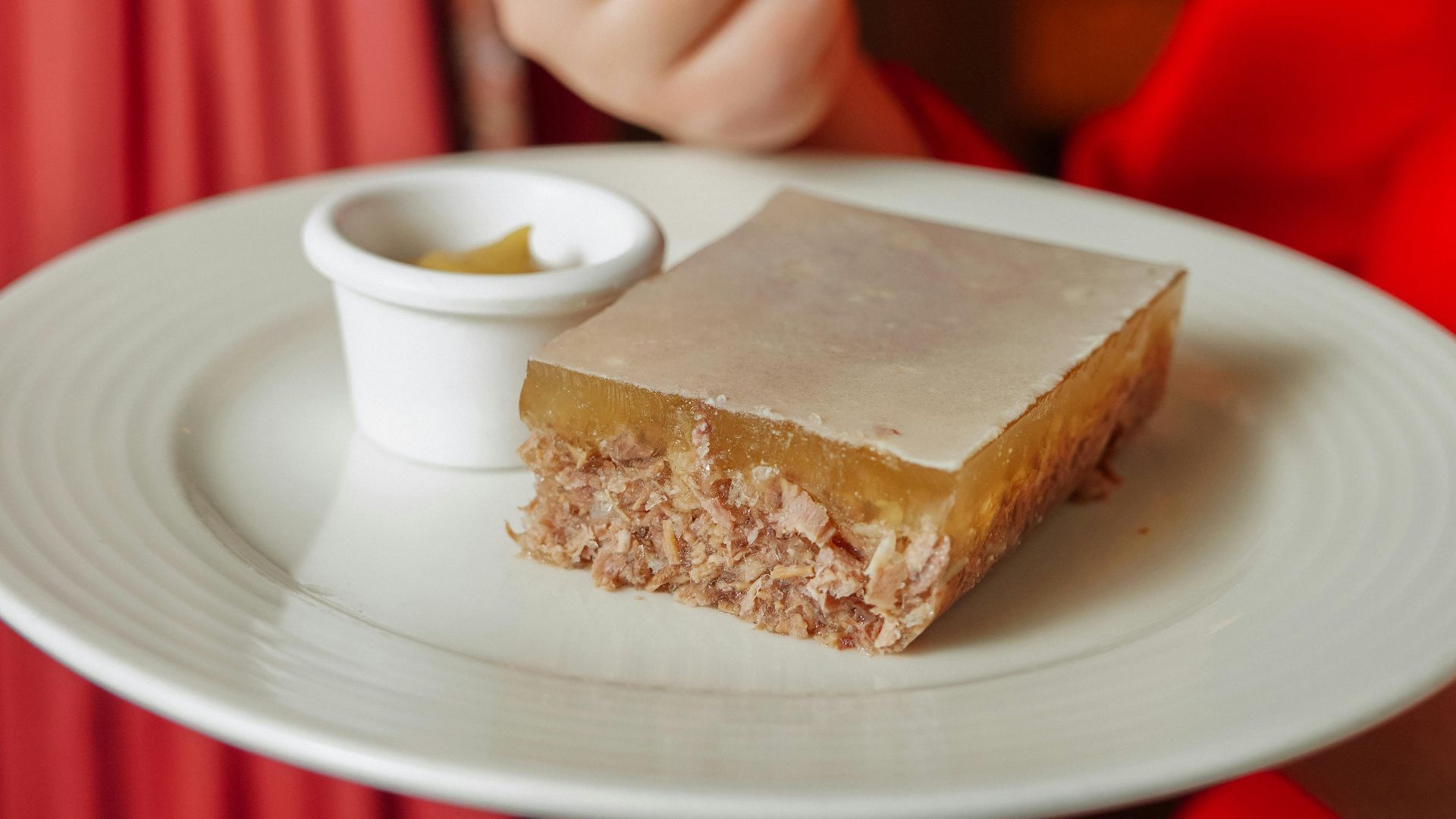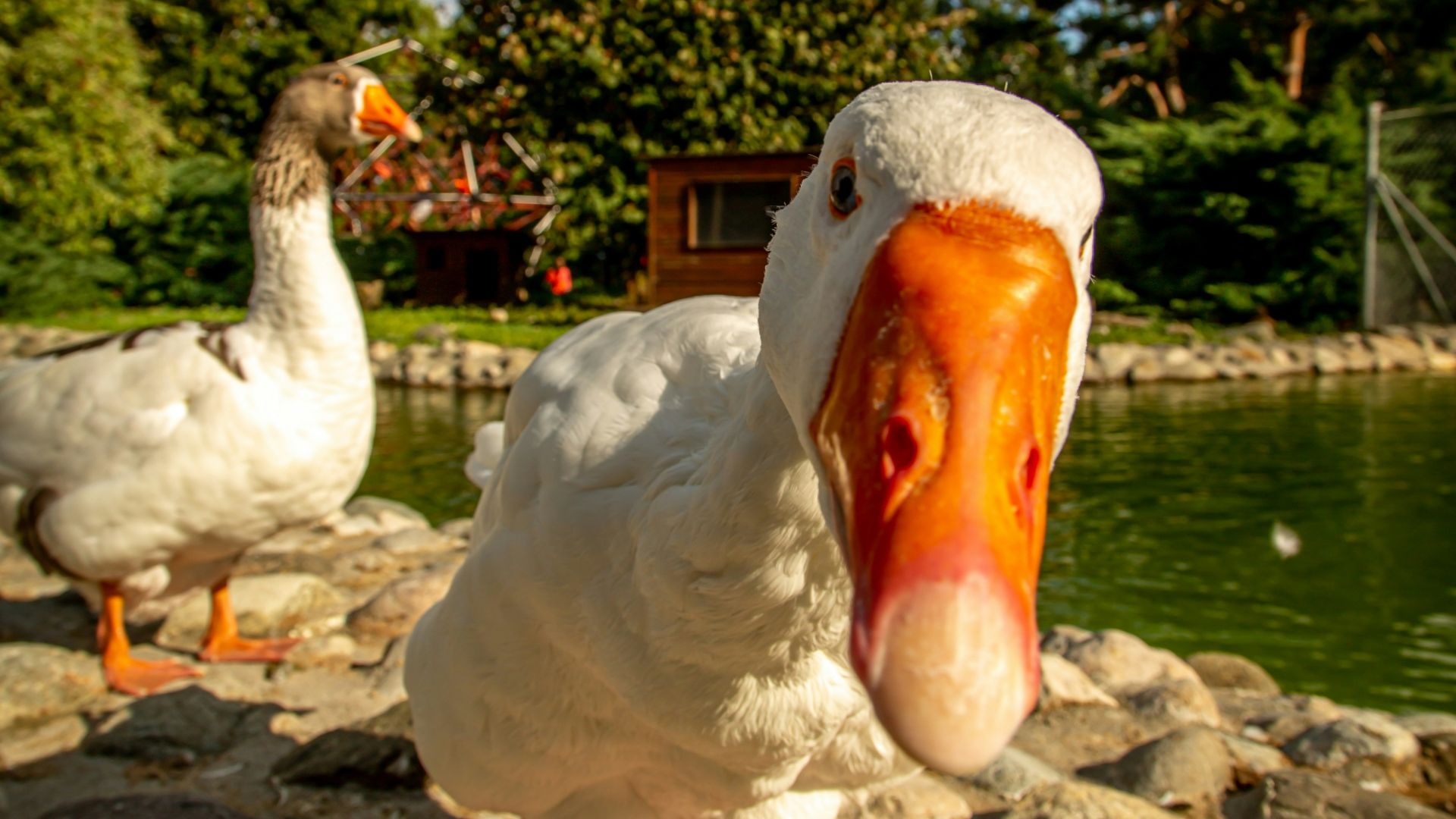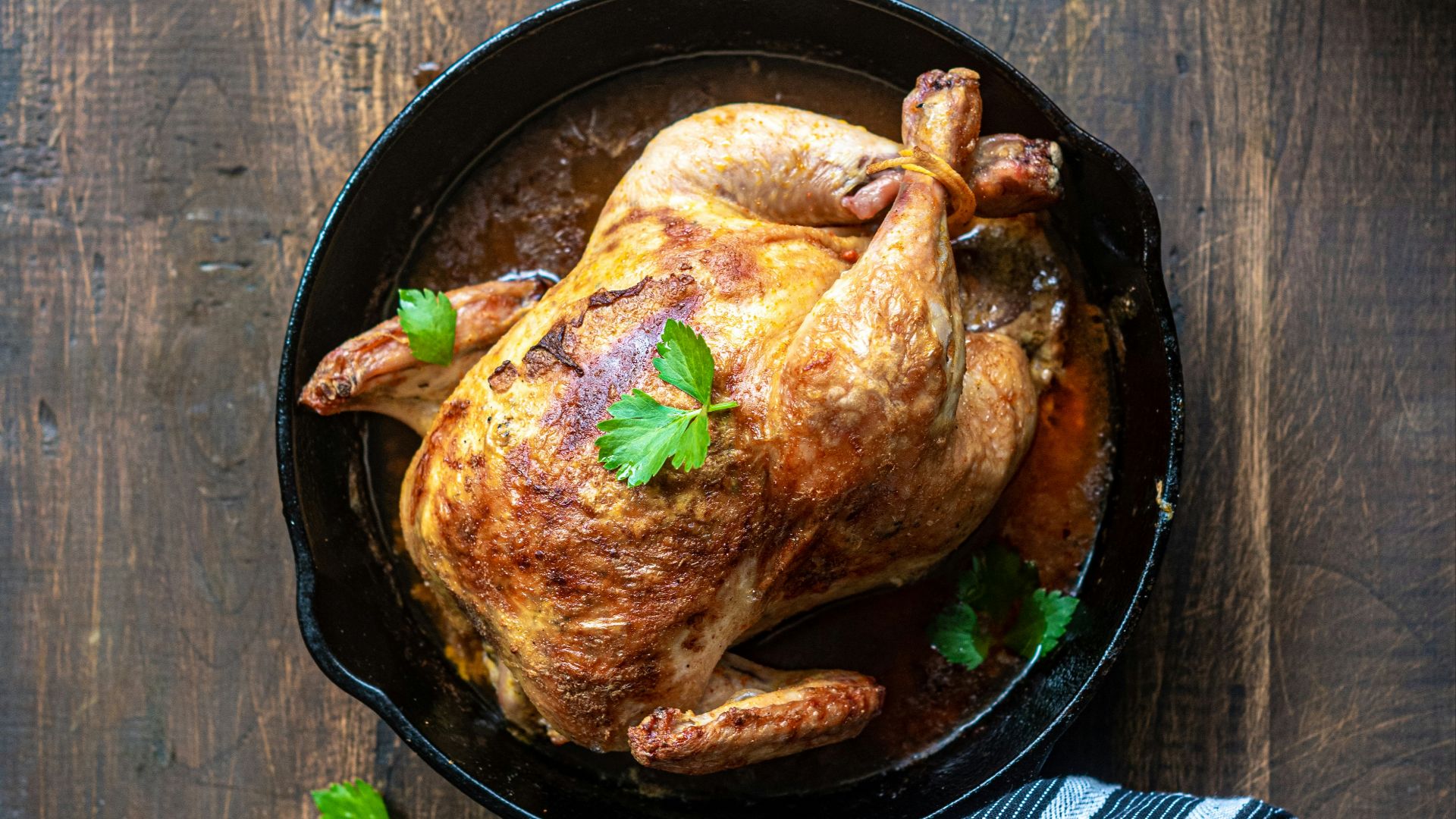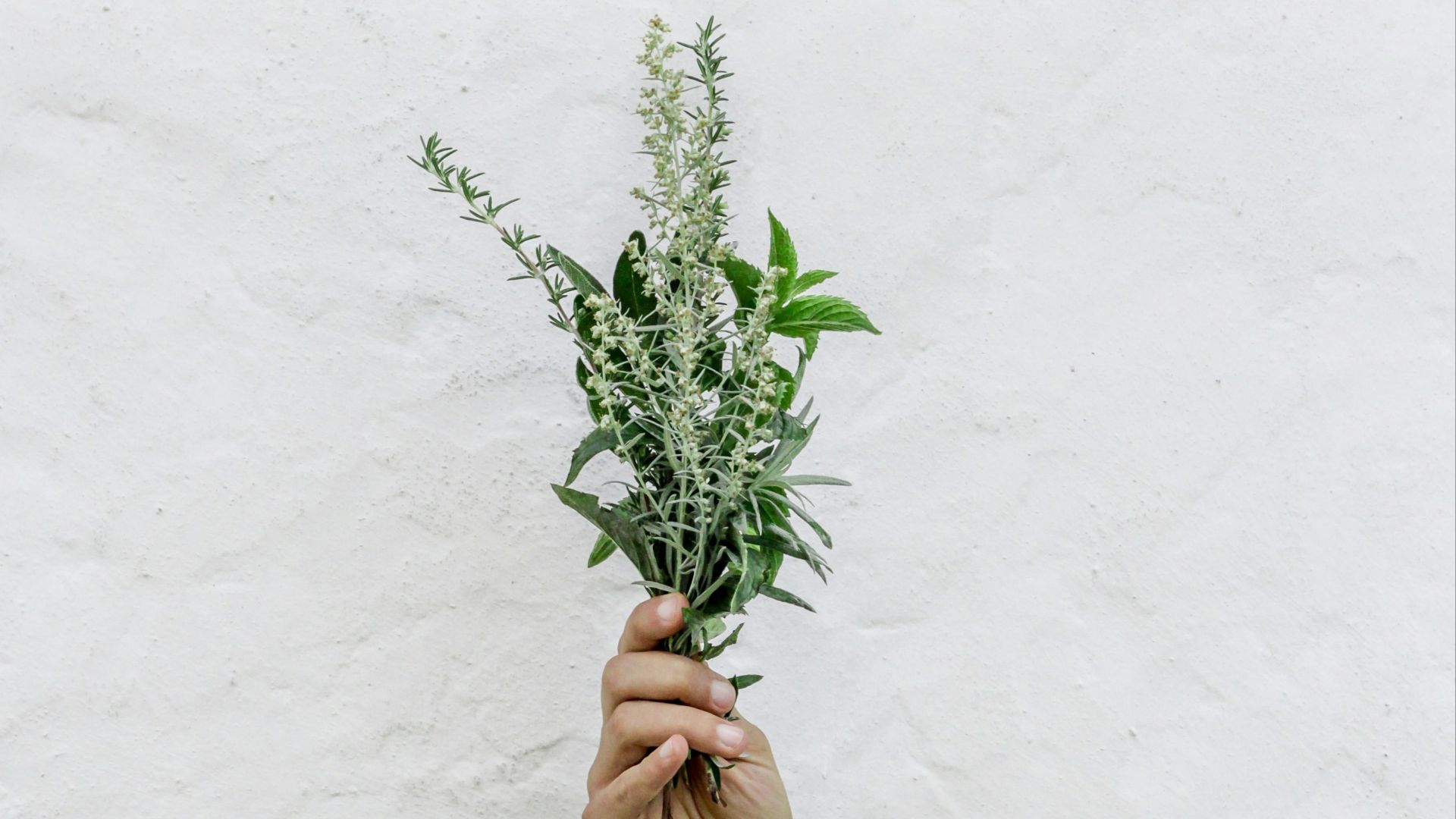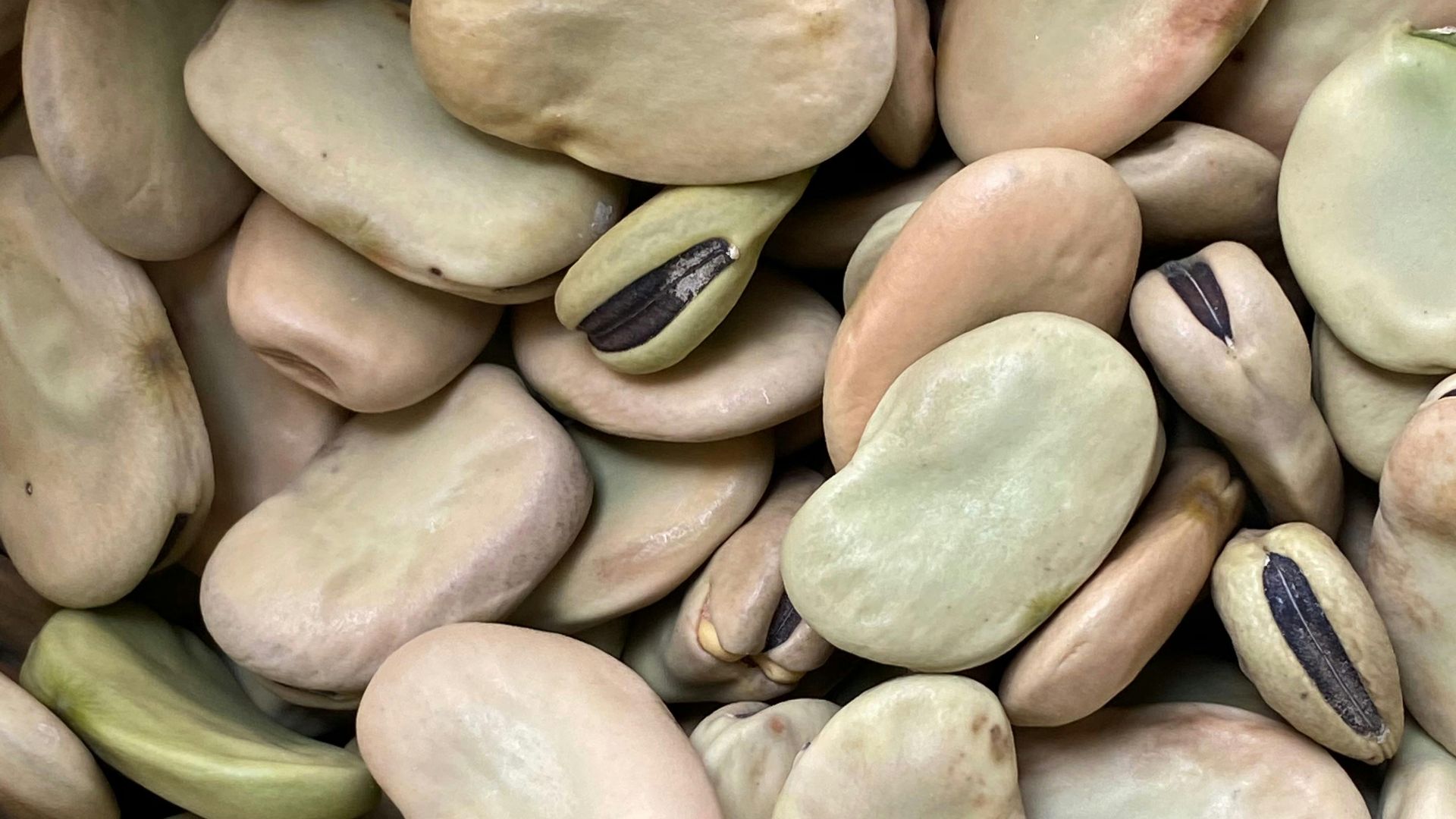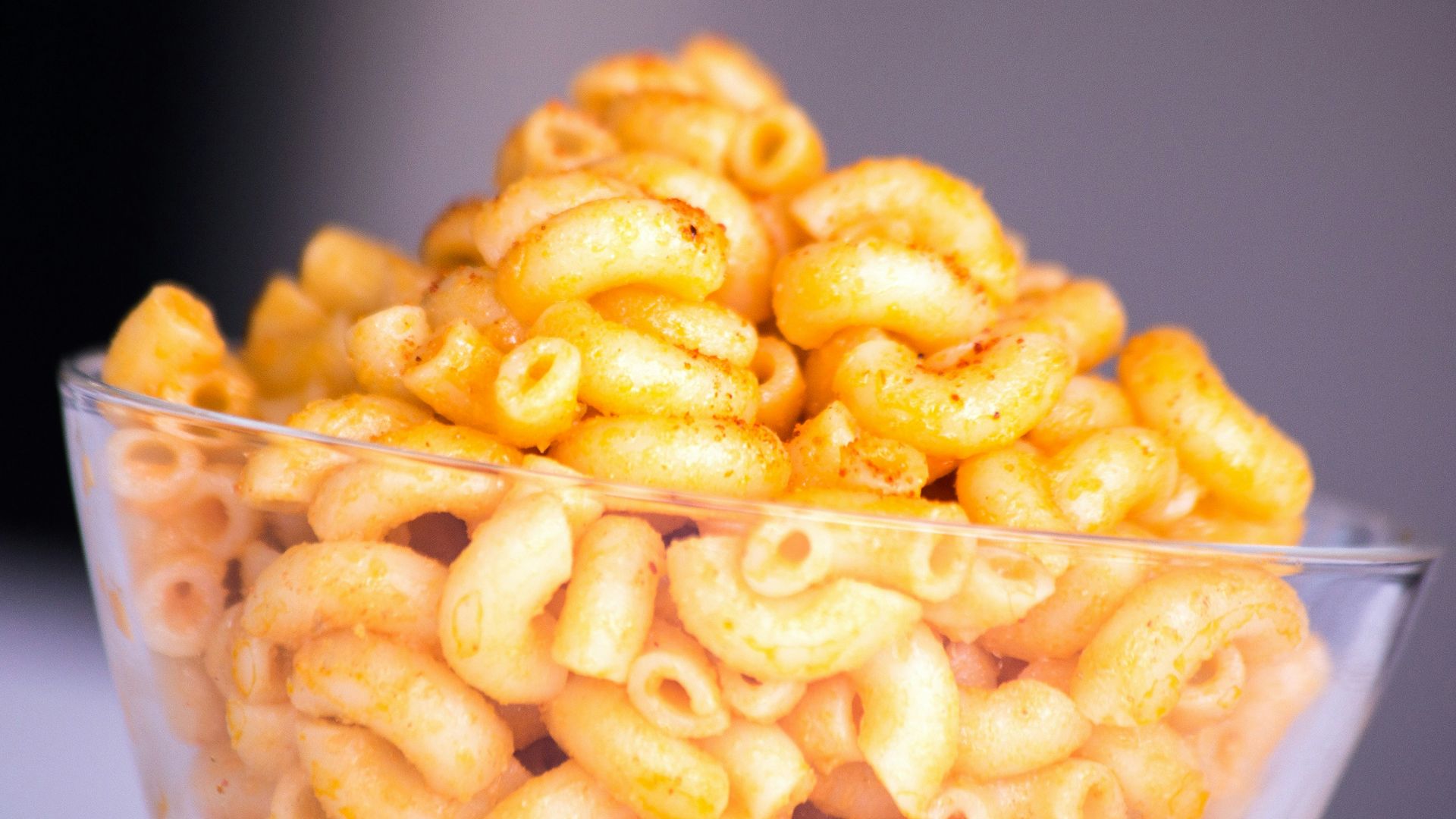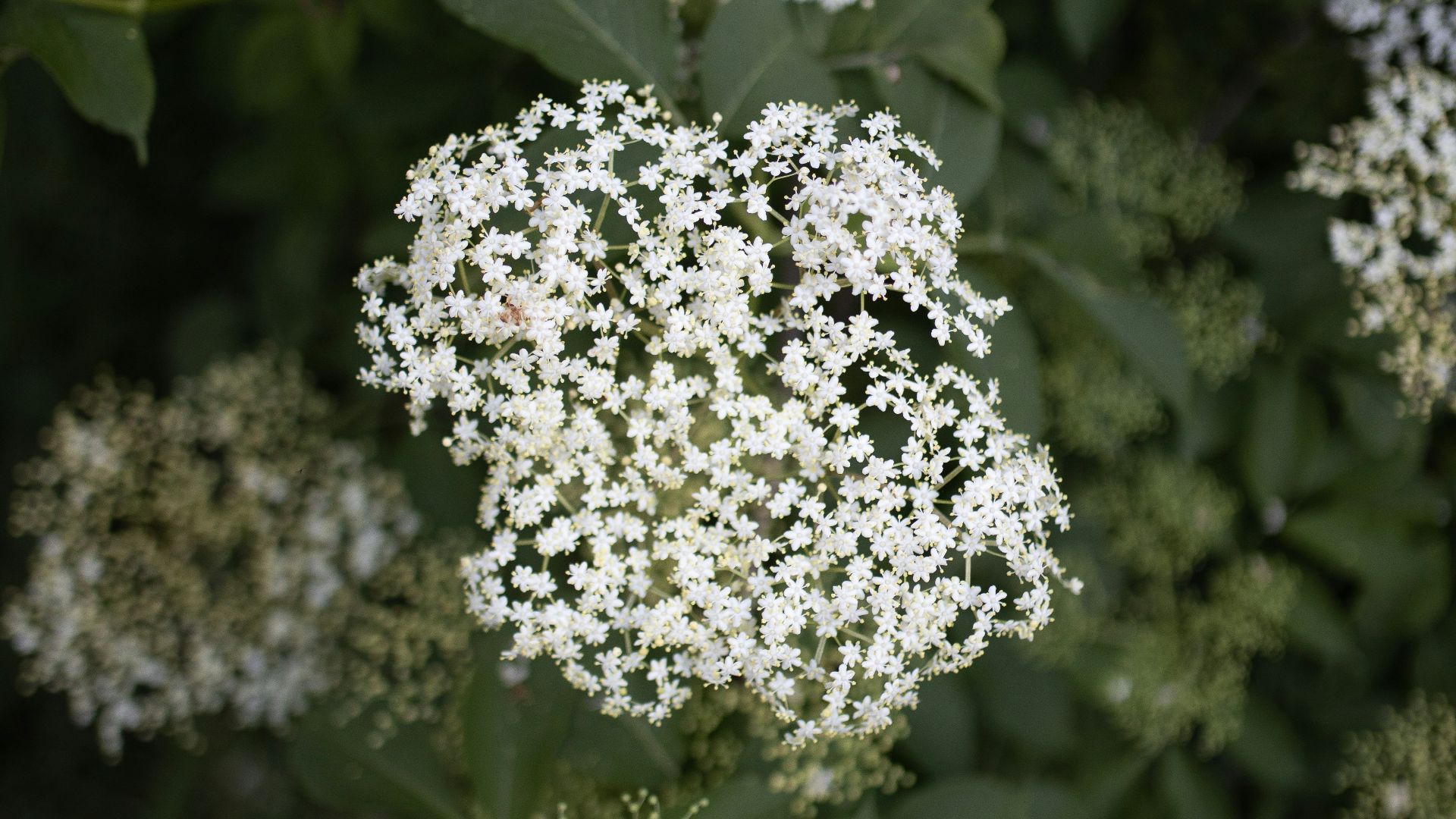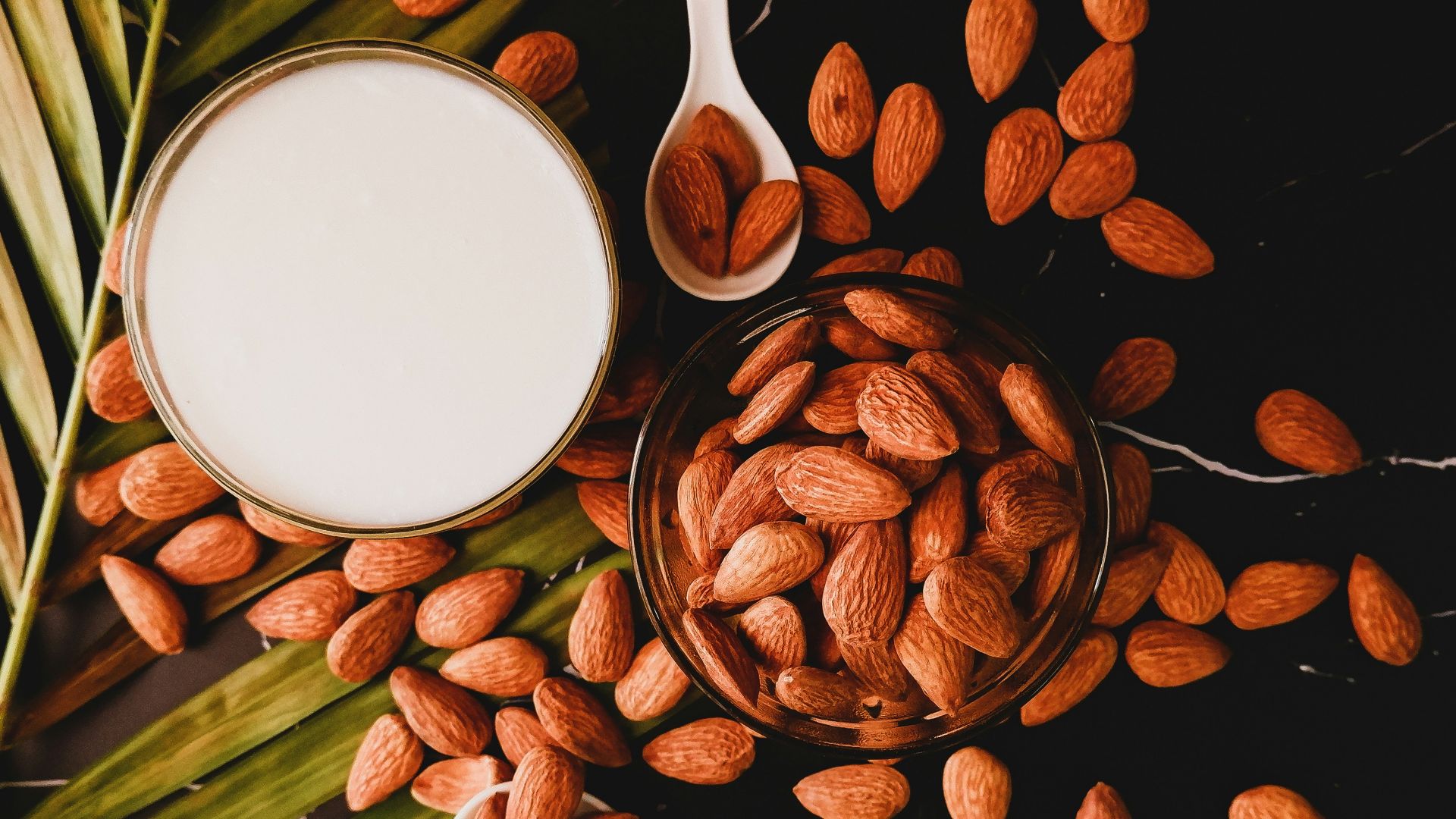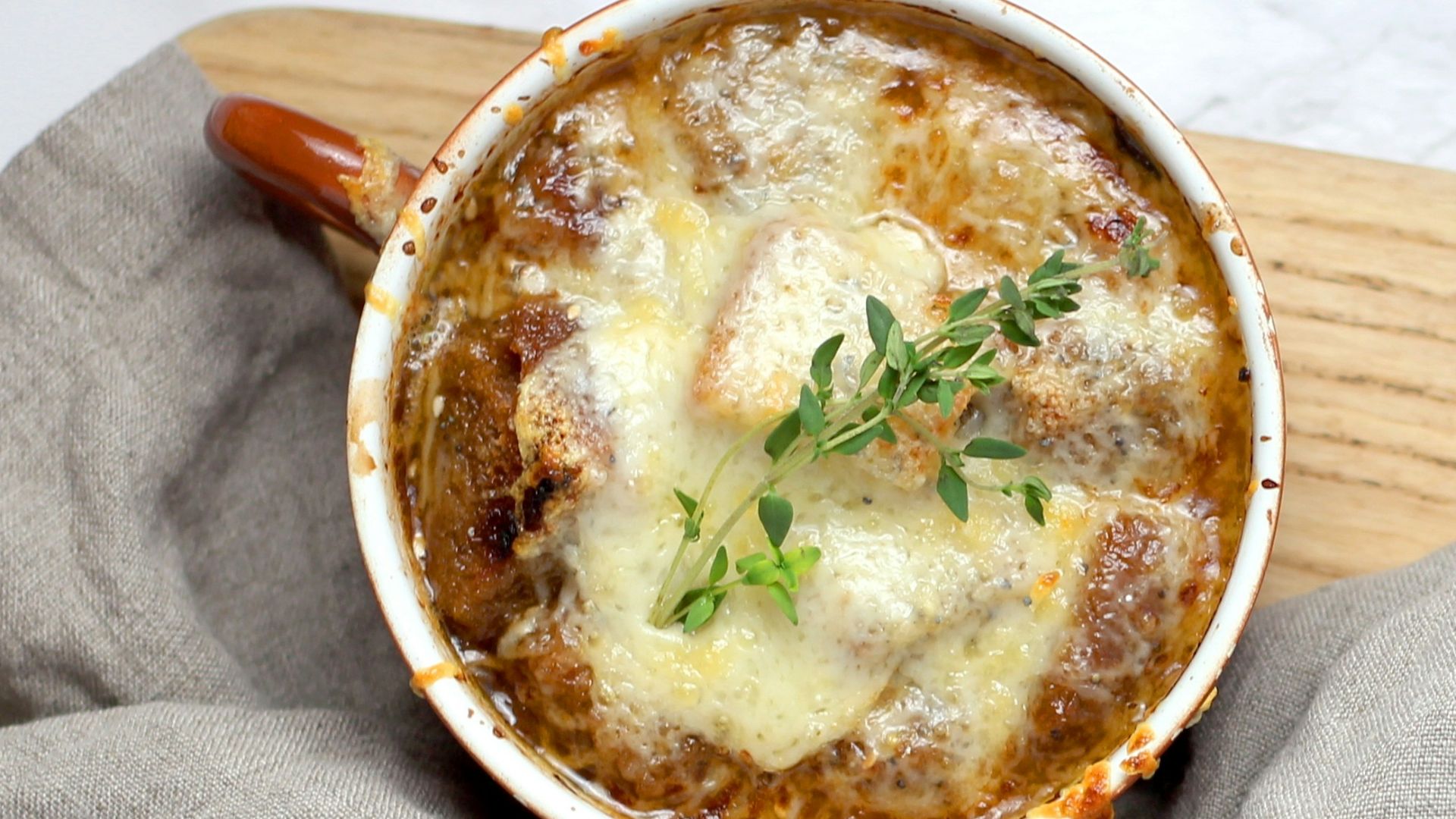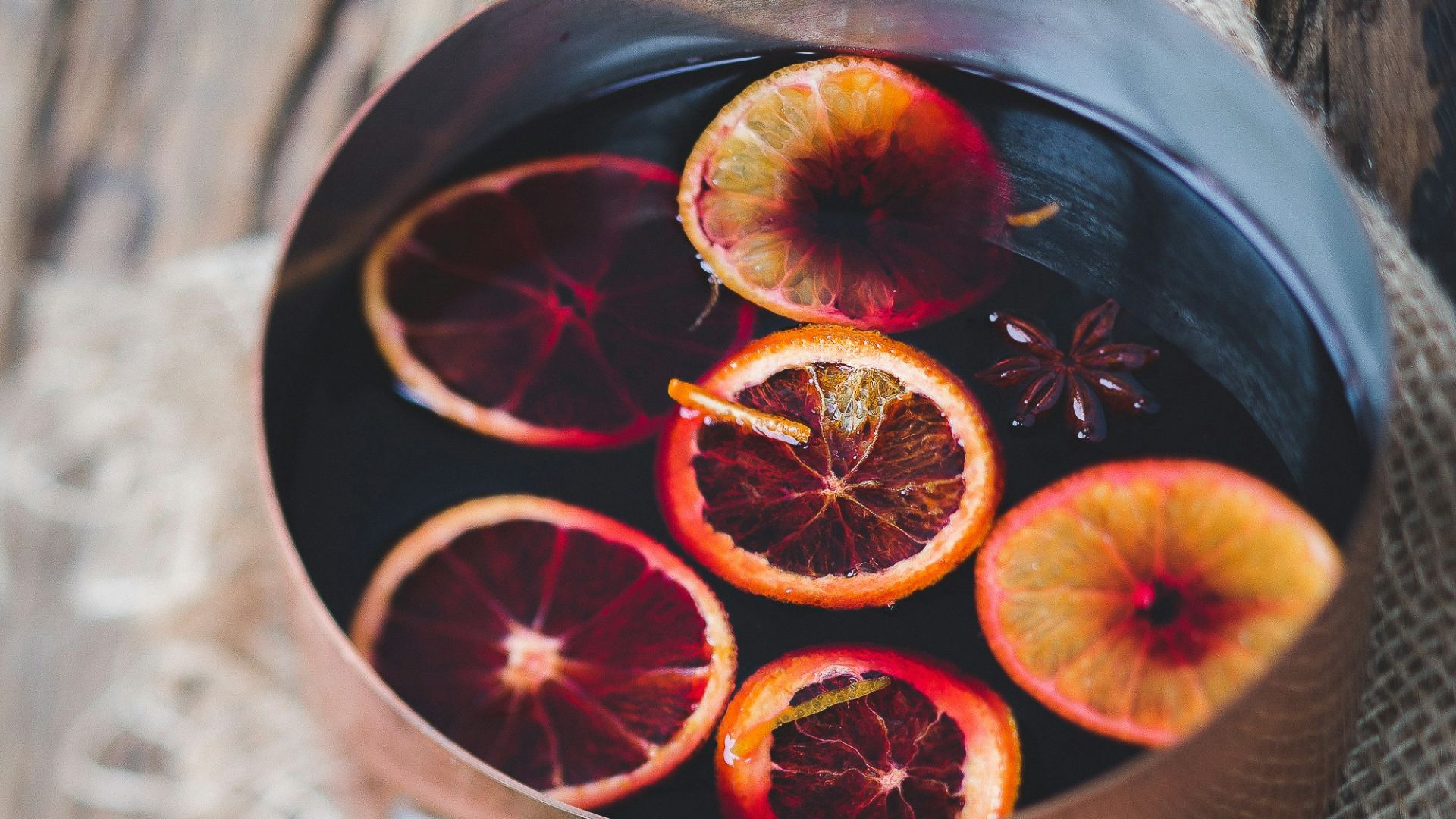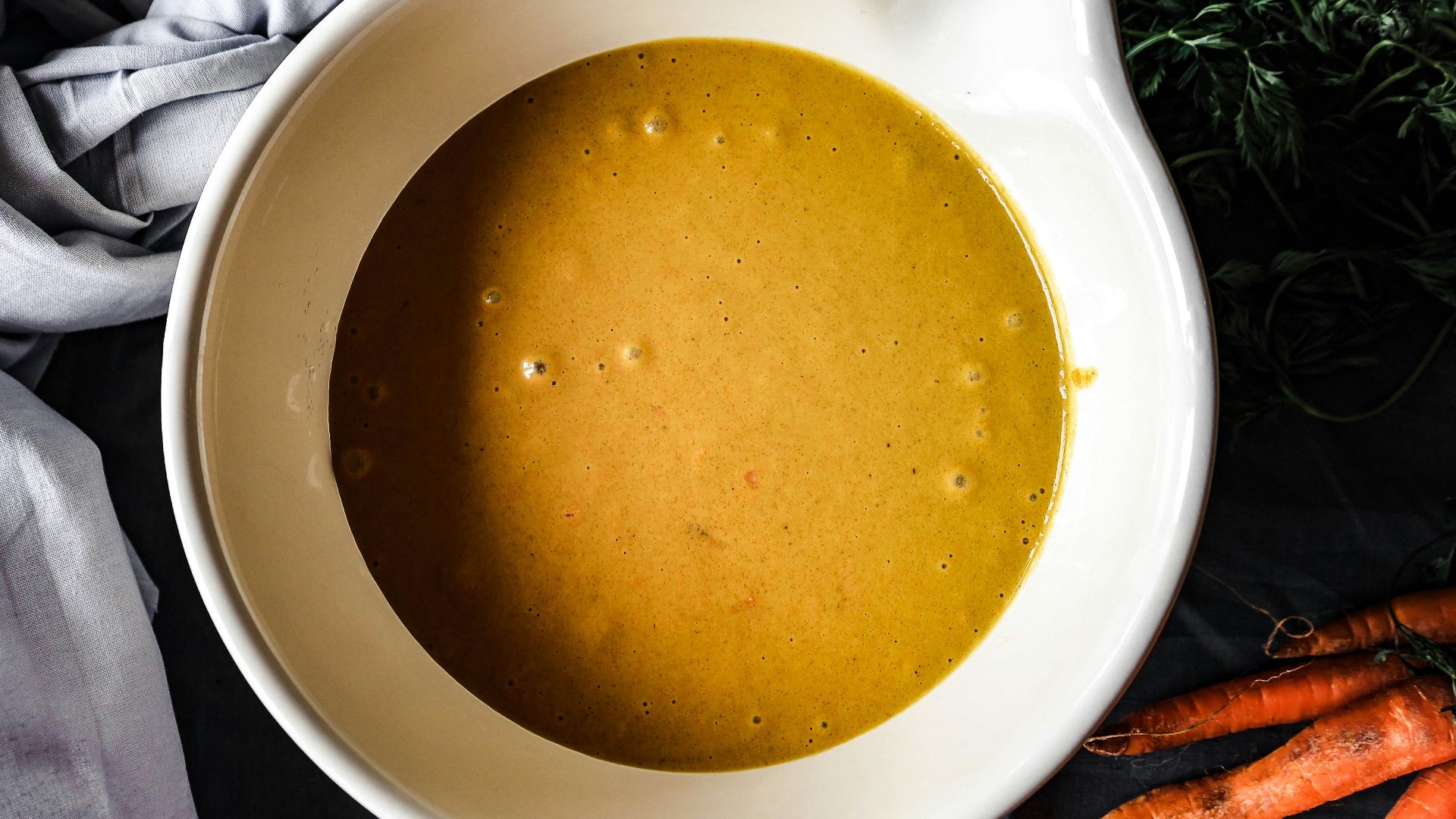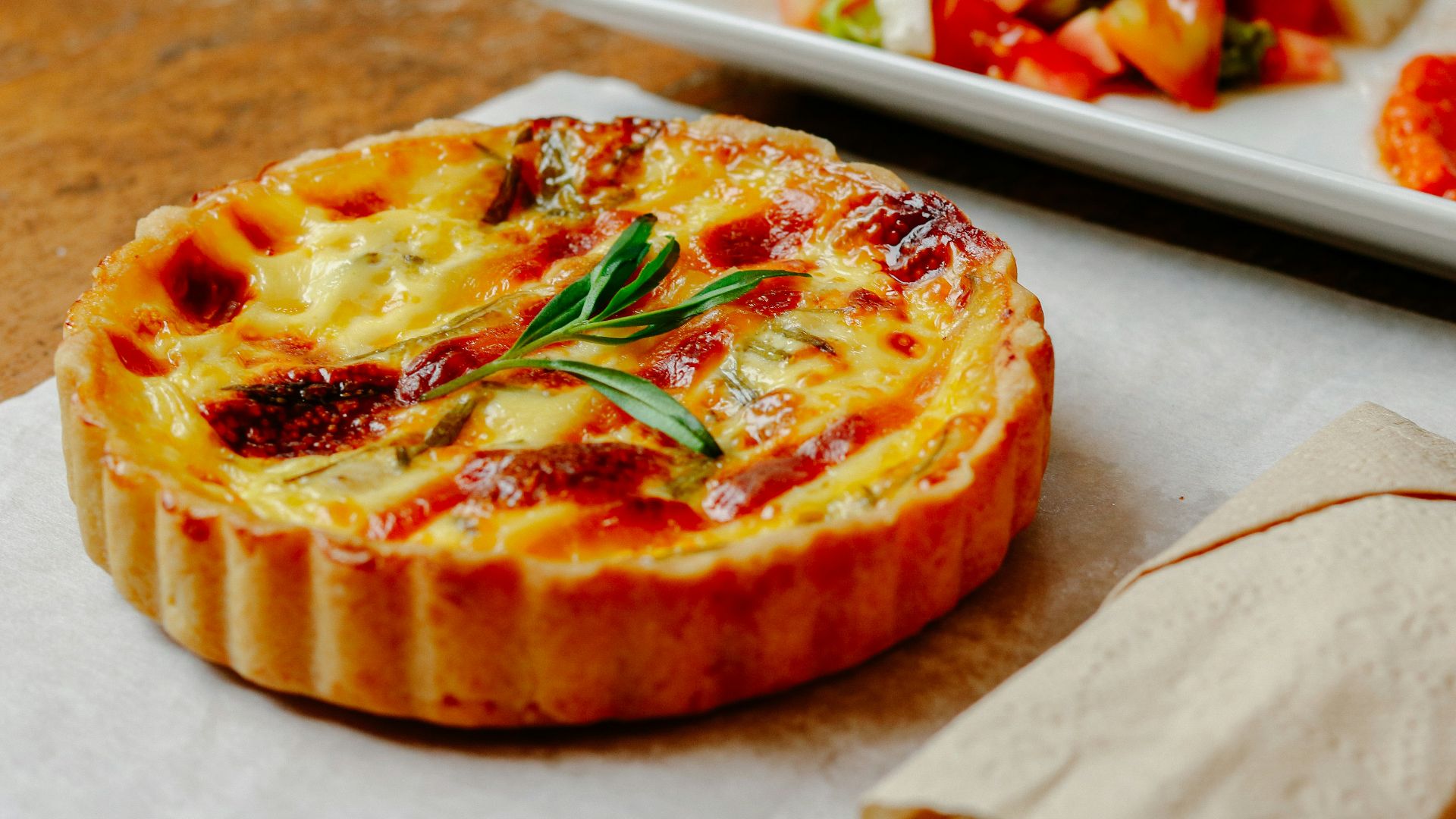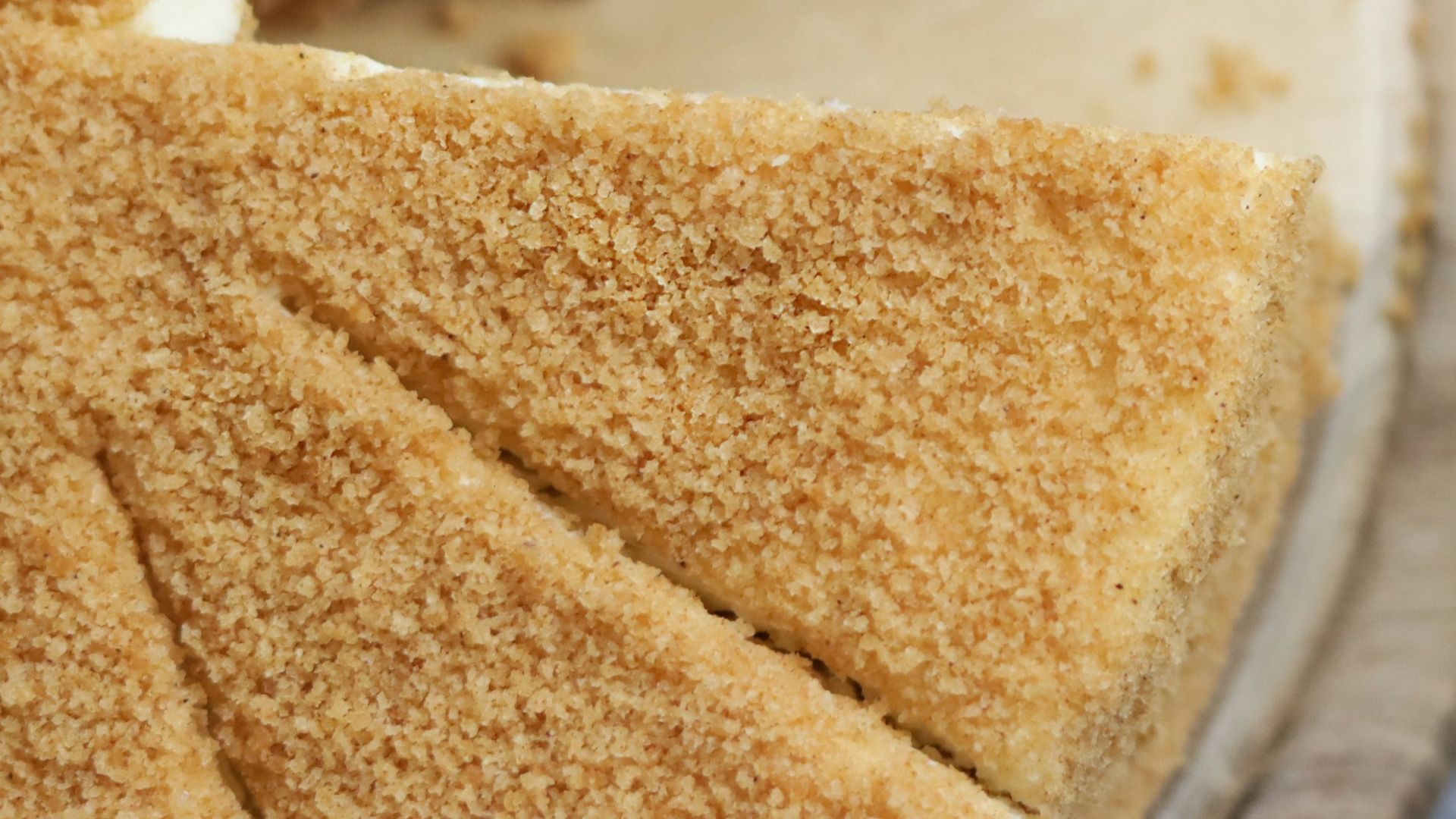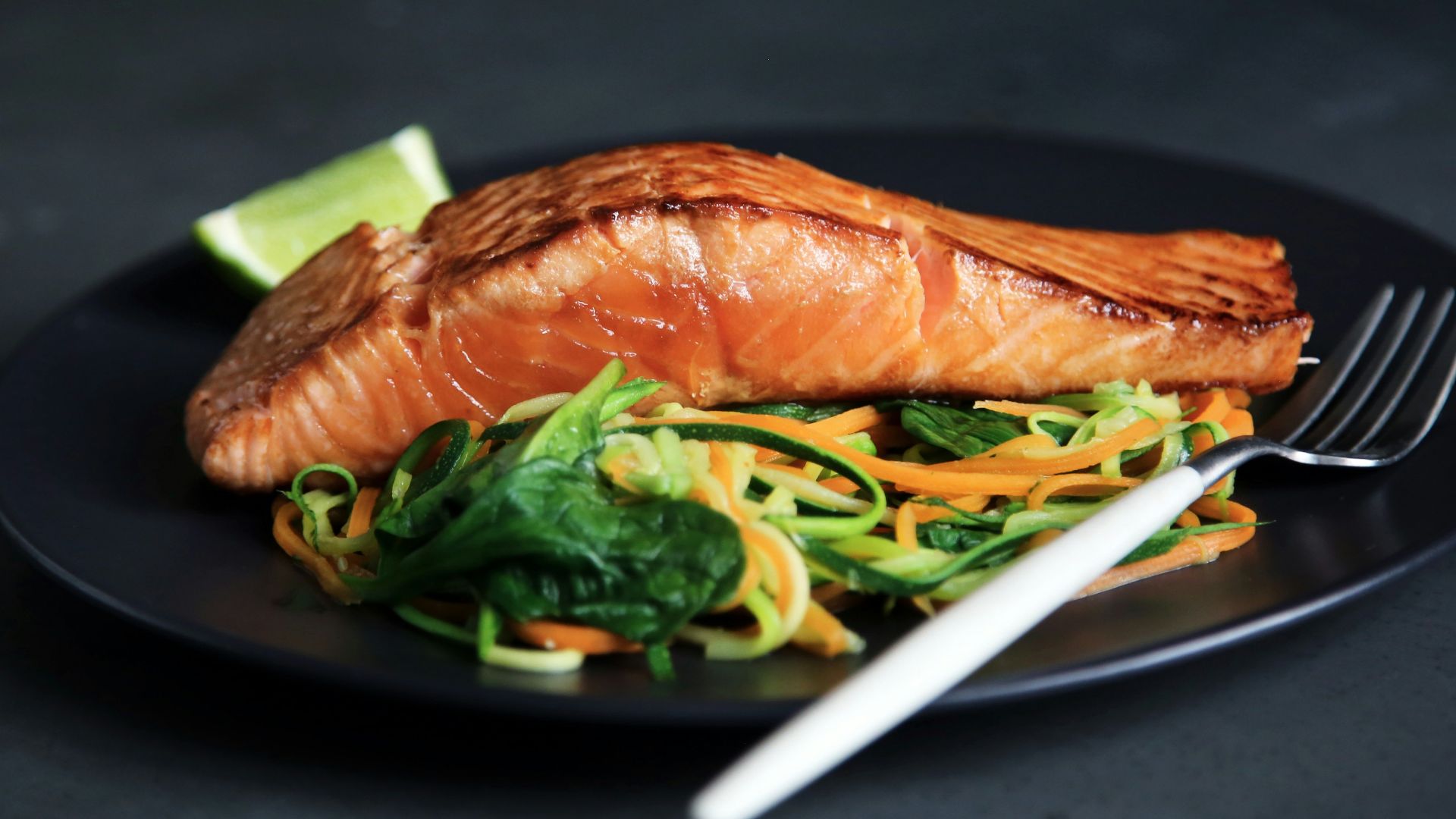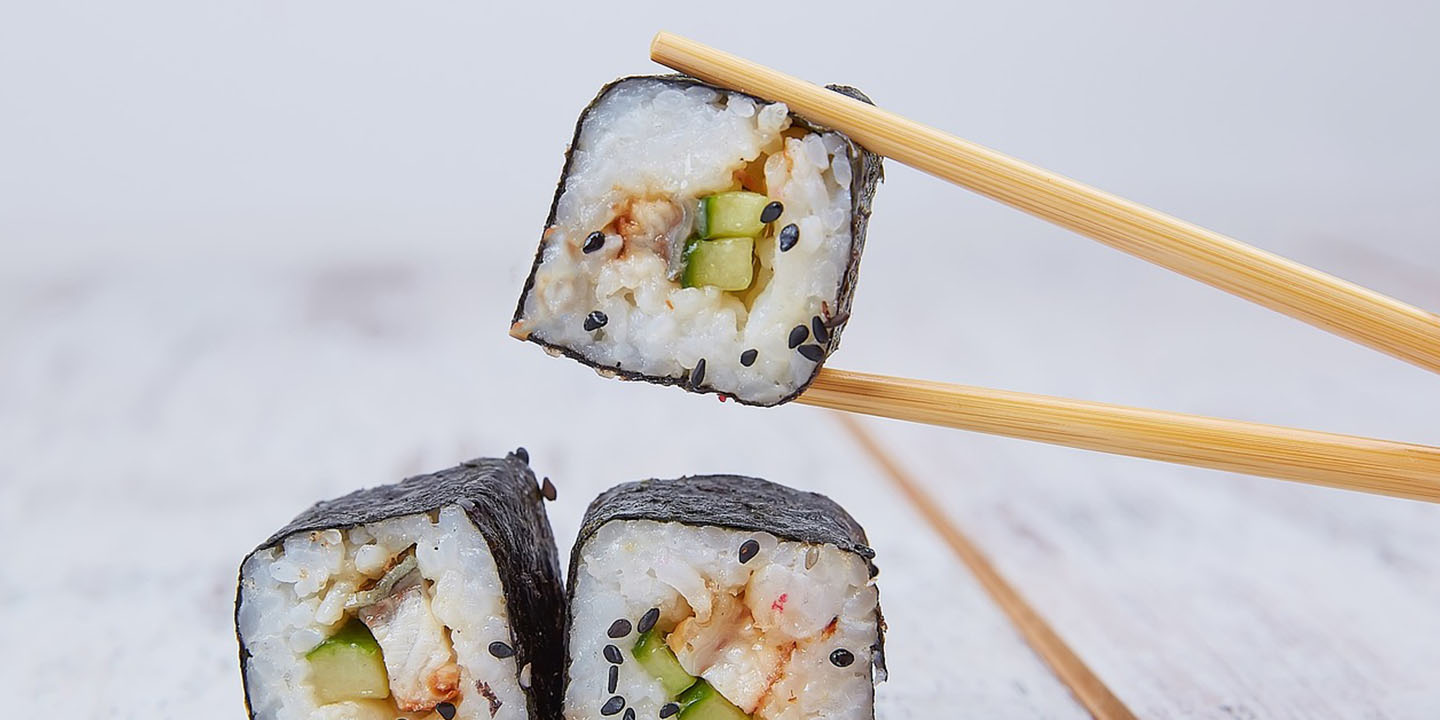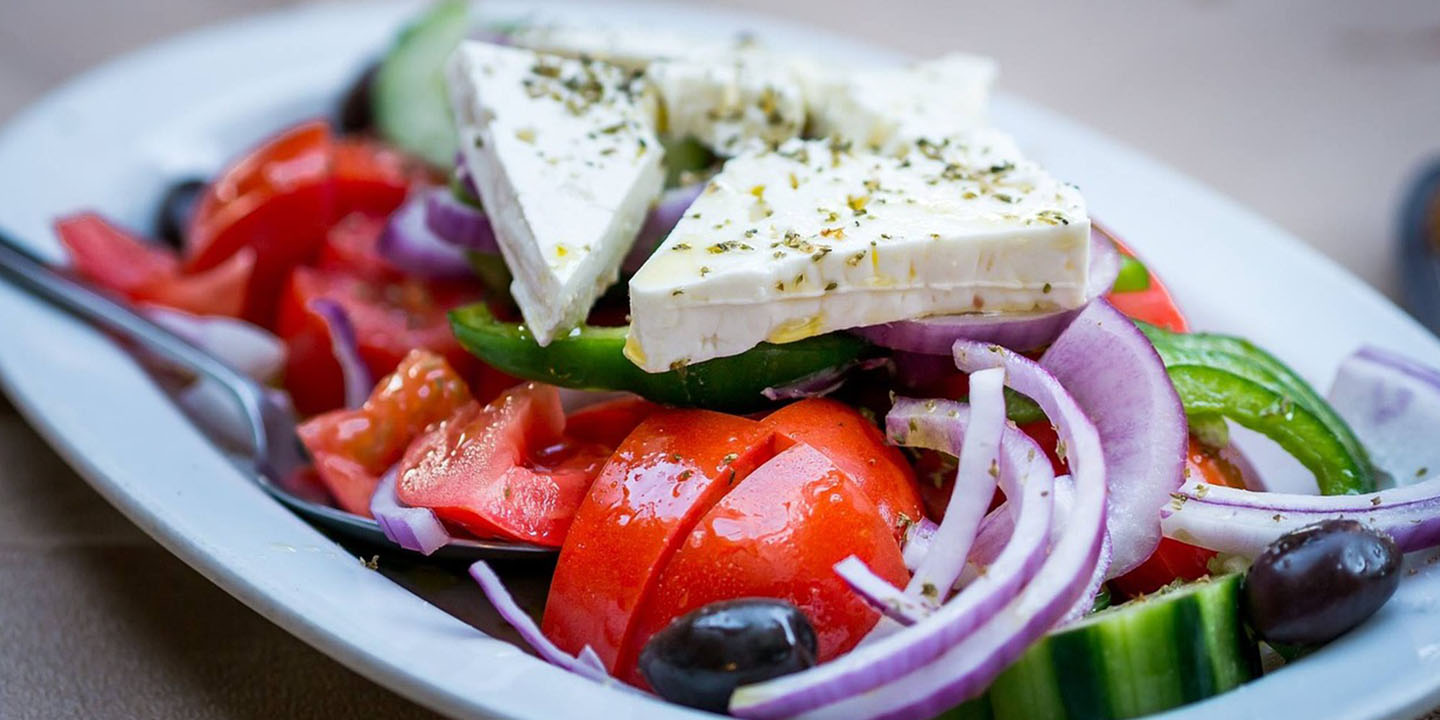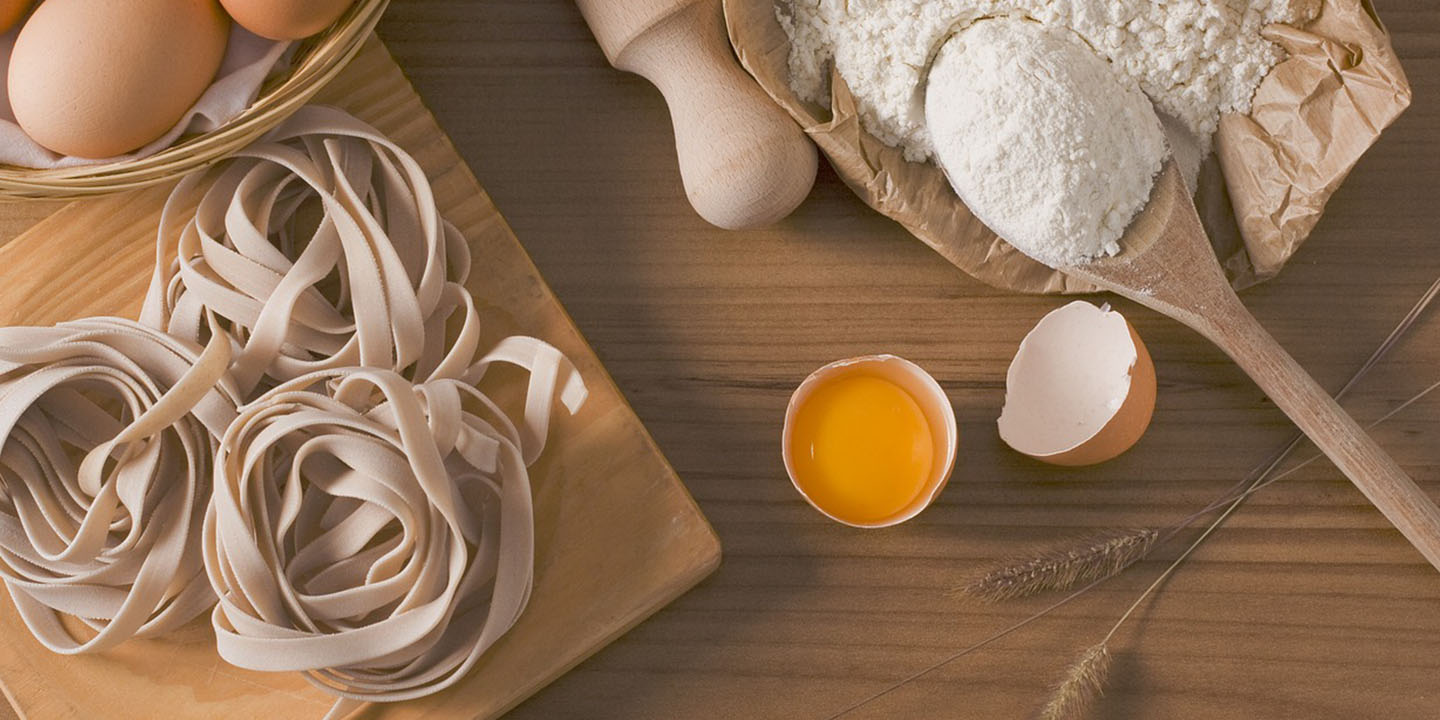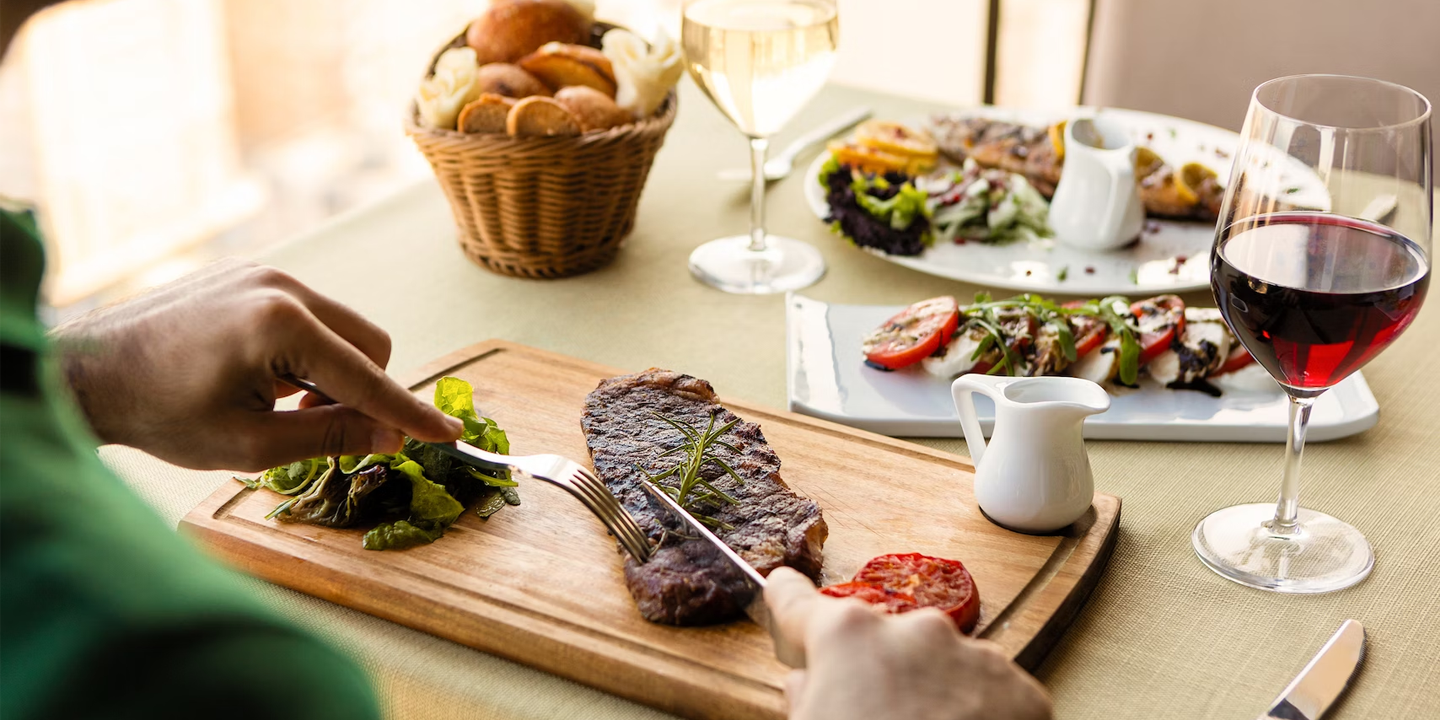History You Can Taste
What do you think of when you hear the words "medieval meals"? Massive turkey legs and gray bowls of gruel? What people actually ate in the middle ages may surprise you, as some dishes aren't too different from what we eat today! However, there were definitely a few ingredients that didn't make it to modern pantries.
1. Stuffed Porpoise
While seafood isn't anything exotic today, we bet that most people would balk at trying porpoise. Medieval people didn't feel the same about eating dolphins, porpoises, and even whales! One late medieval recipe describes a sort of porpoise haggis.
2. Mock Entrails
While entrails are eaten in some cuisines, they aren't a staple in many American kitchens. However, this recipe for fruit and nut "mock entrails" threaded onto a string is one of the wackier ones we found. Maybe this could be a fun treat for around Halloween?
3. Turnip Pottage
Pottage was a staple food in the Medieval era, often being modified to serve for different meals. Pottage is a thick soup which could be kept over the fire for days. While there's nothing wrong with turnip pottage, modern food safety would likely discourage the preparation of this dish.
4. Liver Sausage Custard Pie
Every word of this recipe adds a new dimension to it, and we're unsure if we should be impressed or horrified. For starters, it seems like an awful lot of work to make liver into sausage just to stuff it into a pie. And that's without getting into the conflicting profile that the liver, cheese, and cinnamon would create.
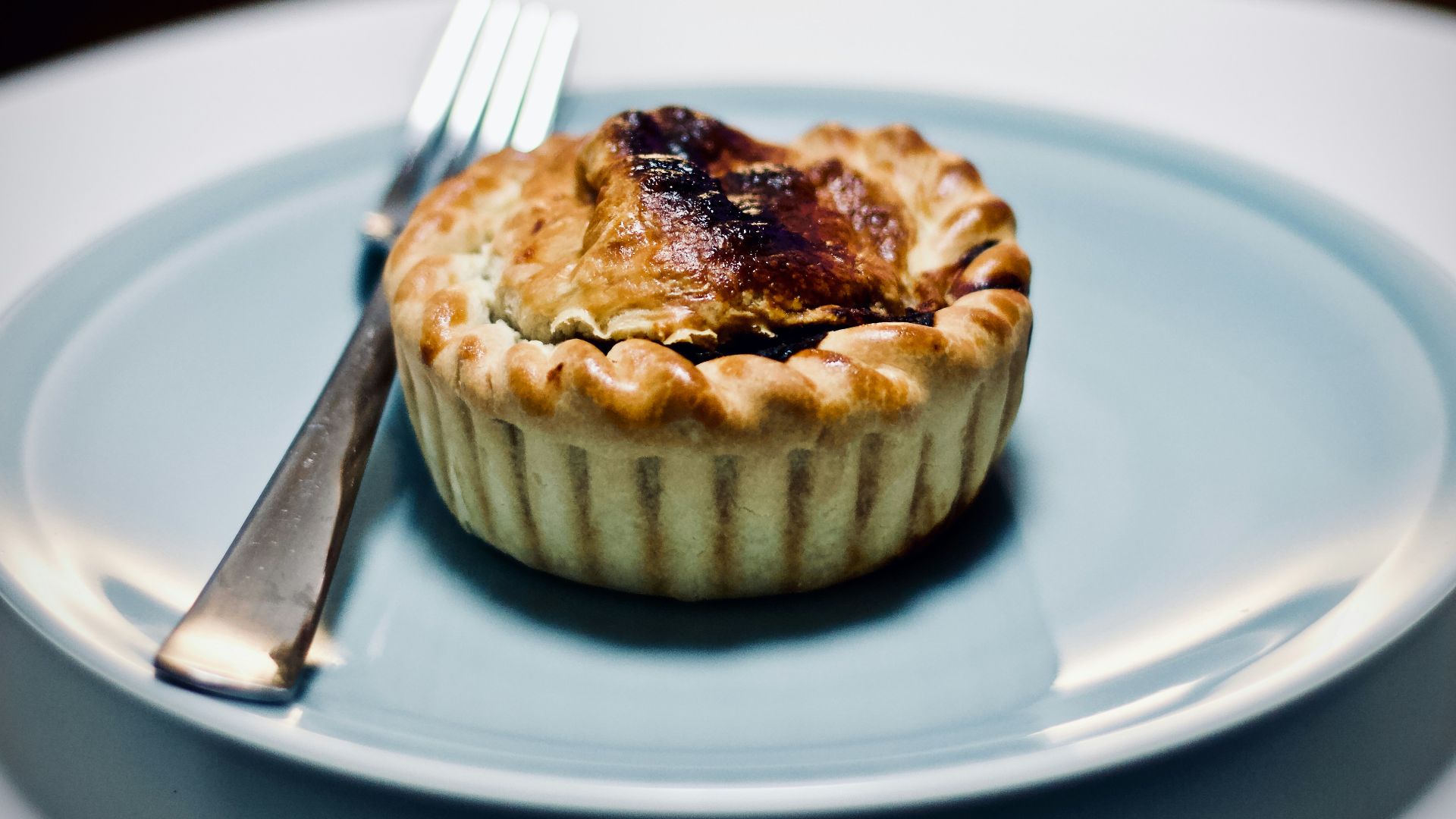 Jelleke Vanooteghem on Unsplash
Jelleke Vanooteghem on Unsplash
5. Aspic
Aspic is nothing new; after all, many people are old enough to remember the savory jello crazes of the '50s and '70s. However, the aspic you make today comes in a handy package. We doubt that you're boiling calves feet on the stove yourself.
6. Goose
Goose is still eaten today, we're well aware of that. However, modern preparation differs greatly, starting with the fact that roasting a goose alive would be seen as barbaric today. Well, you had to find your entertainment where you could get it.
7. Coqz Heaumez
This recipe is a equal parts disturbing and delightful. Coqz Heaumez is a whole roast chicken, dressed as a knight with lance and tunic, riding a whole roast pig dressed as a horse! While we aren't sold on trying this, it's absolutely wonderful to imagine this beauty arriving in between courses.
8. Herb Fritters
This recipe is, frankly, baffling. Coming from 1390's A Forme of Cury, the cook recommends battering a mixture of diced parsley or marjoram made into a dough. While we have no problem with a savory fritter, this one isn't particularly appealing.
9. Fava Bean Pudding
This is another simple pottage which has nothing wrong with it in theory. In practice in 2025, however, we imagine this recipe might be a little sad. The fava beans are mashed "all to nothing" and boiled alongside raisins for a dish that sounds underwhelming.
10. Roasted Swan
Swans are quite a majestic bird, and medieval people used this to their advantage by roasting them for an unforgettable centerpiece to a meal. One advantage people had when cooking over a fire is that they weren't limited by space, making things like roasting a swan far more manageable than they would be in a modern oven. Once roasted, the swan is garnished in a sauce made from toasted breadcrumbs & giblets.
 Trevor John Williams on Unsplash
Trevor John Williams on Unsplash
Now that we've covered some recipes on the stranger side, let's explore a few that you could make today!
1. Macaroni & Cheese
That's right, Richard II of England may have chowed down on mac & cheese! While this recipe for "makerouns" is different from our boxed Kraft Dinner today, it isn't too different. The main difference is that the pasta is sandwiched between layers of melted butter and cheese for a macaroni & cheese lasagna.
2. Elderflower Fritters
Elderflower was one of the more popular dessert flavors we encountered in our research, likely due to its availability. One recipe book from 1300 uses elderflower and honey to flavor a batch of fritters. These fritters also include white wine and rosemary for a flavor palate that sounds quite complex!
3. Almond Milk
Believe it or not, almond milk didn't spawn in your nearest Starbucks sometime in 2018! Before refrigeration and pasteurization, using animal milk was a bit of a gamble. However, walnut and almond milk could be prepared as needed or stored over time for use on fasting days.
4. Onion-Ale Soup
If you enjoy French onion soup, you should definitely give this one a try. Rather than requiring the labor-intensive beef broth of French onion soup, this soup uses flat ale and a pinch of saffron for a delicious broth. It's also a great way to use up old bread.
5. Gingerbread
If there were two things Medieval people could do it was party and entertain themselves during the long winter. Medieval recipes for gingerbread are practically identical to modern ones. Can't you just imagine curling up by the fire with a plate of gingerbread, watching a passion play or listening to a recitation of King Arthur's noble deeds?
6. Mulled Wine
If there's one drink that screams "Christmas" aside from eggnog, it's mulled wine. So, we were delighted to find a medieval recipe for mulled wine to go along with our gingerbread! Curiously, while this recipe calls for a sweet white wine, rather than the full-bodied red we'd use today.
7. Chicken In Gravy
A lot of the more elaborate medieval recipes for poultry make sense when you remember that they spent more time fasting than we do, so the second meat was back on the menu after Lent was a big deal. In comparison to the more ostentatious recipes for goose and swan that we explored earlier, roast chicken in gravy is simple and comforting. You could very easily make this dish for Easter today!
8. Quiche
Called "daryols" in a 14th-century cookbook, this quiche is a rather uncommon example of a dish which did use animal milk. The use of cow's cream combined with saffron makes us think that this dish was served only for special occasions.
9. Honey Nut Candy
Peanuts are a New World crop, so, while Medieval people couldn't make peanut brittle, they could make something pretty close! Honey nut candy is a simple brittle with just three ingredients: sugar, honey, and your choice of nuts. The recipe we consulted suggested walnuts, pecans, or almonds.
10. Poached Salmon
While the average medieval person was more daring when it comes to seafood than we are today, they still enjoyed a few staples, such as poached salmon. Despite being from 1429, this recipe could easily be found on food blogs today. However, we'd probably garnish it with more than a few sprigs of vinegar dipped in parsley.
KEEP ON READING

The 5 Most Consumed Foods in the Entire World
